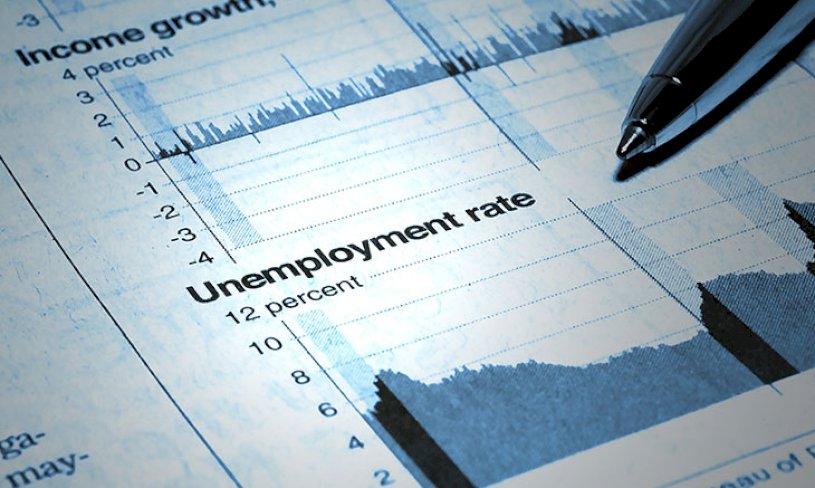Equipping professional accountants for sustainability
The International Federation of Accountants has developed a concise resource to guide accounting professionals and...
READ MORE
Unemployment may have dropped to a 50-year low, but the numbers don’t actually tell the whole story.

While the seasonally adjusted unemployment rate fell to 3.4 per cent in July 2022, according to the Australian Bureau of Statistics (ABS), the economy lost nearly 41,000 jobs and the participation rate fell to 66.4 per cent meaning there were fewer people looking for work and are therefore not counted in the official unemployment figures.
“This is the first fall in employment since October 2021, following the easing of restrictions after the Delta lockdowns in late 2021,” observed ABS head of labour statistics Bjorn Jarvis.
It was a fall in the participation rate that caused the unemployment rate to decline.
The proportion of Australians either in work or actively looking for a job fell from a record high of 66.8 per cent in June to 66.4 per cent last month.
That drop in the number of people looking for work far outweighed the fall in jobs.
The unemployment rate fell for men (down 0.2 percentage points) to 3.4 per cent, and remained steady at 3.4 per cent for women.
The participation rate also fell for both men and women (down 0.4 and 0.3 percentage points).
“The fall in unemployment in July reflects an increasingly tight labour market, including high job vacancies and ongoing labour shortages, resulting in the lowest unemployment rate since August 1974,” Mr Jarvis said.
“In July, there were fewer unemployed people (474,000) than there were job vacancies (480,000 in May).”
The July reference period coincided with the winter school holidays, worker absences associated with COVID and other illnesses, and further flooding events in NSW.
With the fall in employment, the employment to population ratio decreased 0.2 percentage points to 64.2 per cent.
Youth employment (those aged between 15 and 24 years) increased further into July, increasing by 13,000 people (0.7 per cent), the third consecutive increase.
In line with the fall in employment, and continued illness-related worker absences, seasonally adjusted hours worked fell by 0.8 per cent in July 2022.
The reference period for the July 2022 survey most closely aligned with the July 2017 survey. In July 2022, 28.4 per cent of employed people (3,856,000) worked fewer hours than usual or no hours, compared with 27.1 per cent (3,317,000) five years earlier.
“In addition to people taking annual leave around the winter school holidays, there were also around 750,000 people working fewer hours than usual due to being sick in July 2022, around double the usual number we see during the middle of winter,” Mr Jarvis said.
“Given the extent of sickness within the community during July, some people who were on annual leave over the school holidays may have also been sick or caring for others.”
The underemployment rate decreased by 0.1 percentage points to 6.0 per cent. The youth underemployment rate increased by 0.1 percentage points to 14.1 per cent.
The under-utilisation rate, which combines the unemployment and underemployment rates, fell by 0.2 percentage points to 9.4 per cent, its lowest level since April 1982.